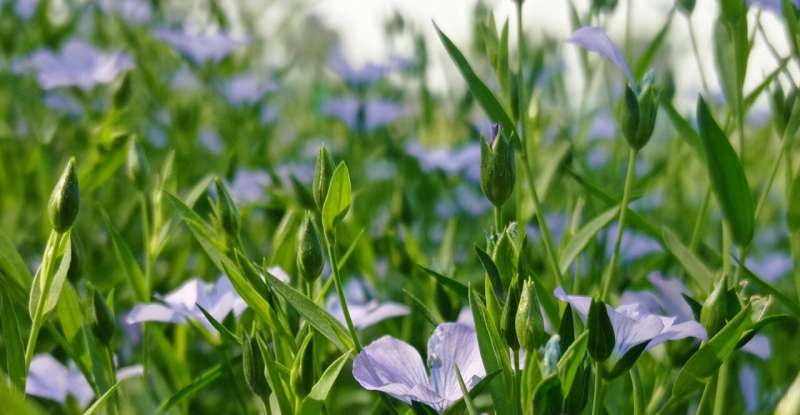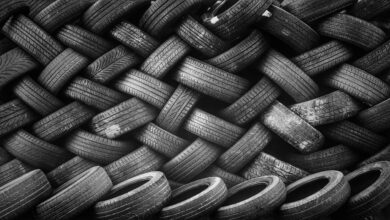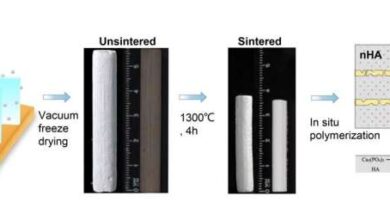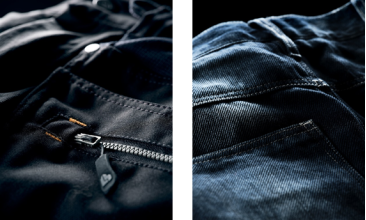
Iranpolymer/Baspar A new study has compared the reinforcing efficiency of pineapple leaf fiber (PALF) and cultivated flax fiber in poly(butylene succinate) composites. PALF, a less explored but potentially sustainable alternative, outperformed flax at 20 wt.%, showcasing its potential in high-performance bio-composites and aligning with environmental goals.
The focus of this research revolves around a comprehensive exploration of the reinforcing capabilities of two distinct natural fibers, namely pineapple leaf fiber (PALF) and cultivated flax fiber, within the context of unidirectional poly(butylene succinate) (PBS) composites. The primary objective is to discern and compare the mechanical efficiency of these fibers as potential reinforcements in polymer composites.
Flax, renowned for its robust mechanical properties, is a benchmark for comparison against PALF, which represents a less investigated yet potentially sustainable alternative. To systematically assess their performance, short fibers with a length of 6 mm were incorporated into the composites at varying weight percentages, specifically at 10% and 20% levels.
The manufacturing process involved two-roll mill mixing, then creating uniaxially aligned prepreg sheets that were subsequently compression molded into composite materials. The 10 wt.% composite formulations of PALF and flax exhibited remarkably similar stress–strain curves, suggesting comparable mechanical behaviors at this concentration.
However, the study took an intriguing turn at the 20 wt.% level, where PALF unexpectedly outperformed flax despite its inherently lower tensile properties. This unexpected result prompted a more detailed investigation into PALF’s mechanical characteristics at the 20 wt.% level, PALF/PBS composites demonstrated impressive mechanical properties, reaching a flexural strength of 70.7 MPa, a flexural modulus of 2.0 GPa, and a heat distortion temperature of 107.3°C.
In contrast, the equivalent flax/PBS composites exhibited slightly lower values, with a flexural strength of 57.8 MPa, a flexural modulus of 1.7 GPa, and a heat distortion temperature of 103.7°C. This comparative analysis provides valuable insights into the potential of PALF as a reinforcement material, especially at higher concentrations.
Complementing the mechanical analysis, X-ray pole figures were employed to assess the matrix orientations in both PALF/PBS and flax/PBS composites. The results revealed similar matrix orientations, indicating that the overall structural integrity of the composites was comparable despite the differences in fiber type.
Further scrutiny involved the examination of extracted fibers to elucidate differences in breakage behavior. This microscopic analysis unveiled distinct characteristics in the fracture patterns of PALF and flax fibers, shedding light on the underlying mechanisms influencing their mechanical performance.
In conclusion, this research underscores the significant potential of PALF as a sustainable reinforcement option for high-performance bio-composites. The unexpected superiority of PALF at higher concentrations challenges conventional assumptions about its tensile properties compared to flax.
Encouraging the adoption of PALF in composite materials not only expands the repertoire of sustainable alternatives but also aligns with broader environmental goals, promoting the development of eco-friendly and mechanically robust materials for diverse applications.
phys.org






